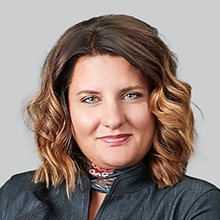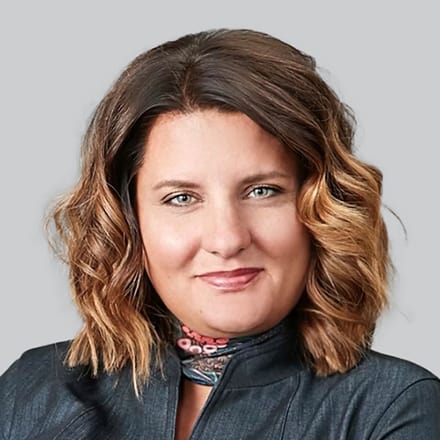Inside Angle
From 3M Health Information Systems
Global best practices for telehealth [Part 1 of 3]
Widespread telehealth implementation has created specific global disconnects that require resolution. In this blog series, I will address these issues and discuss best practices associated with the implementation of telemedicine. The International Society for Telemedicine & eHealth published an article entitled, “Teleconsultation Services for the Mobile Workforce.” The International Society defines telehealth as “the provision of health care at a distance using communications technology.” It is rapidly becoming an established means of health care delivery in many markets worldwide. It is not a medical specialty but a tool, a technological conduit through which medical care is provided.
Let’s take a deeper dive into the components of telemedicine.
License to practice
Internationally, licensing rules and medical practice laws are based on the location of the patient versus the location of the physician, which means that a physician licensed in the United Kingdom who is providing teleconsultation services to a patient located in Chicago must hold a license issued by the Illinois state medical board (or otherwise meet a state licensure exception under Illinois law). This licensure also applies to a physician’s ability to prescribe medicine in a specific jurisdiction.
In the U.S., a physician delivering medical services via telemedicine must be licensed in the state where the patient is located. This is because local medical boards have the authority to set and uphold standards of medical care for citizens within their jurisdiction, which gives them oversight to ensure that clinicians are qualified, credentialed and adhere to best practice clinical pathways. The “patient-location law” is similar to other laws surrounding internet-based services and it serves to clarify the jurisdiction and procedure for reporting a medical malpractice or negligence complaint against the treating physician. International peer-to-peer consultation laws vary, but the foreign physician must be licensed in the jurisdiction where they are located, and the local physician must be licensed in the jurisdiction where they and the patient are located.
The processes and standards
The processes and standards of providing care in telemedicine should mirror the standards of care in face-to-face medicine. Labs, diagnostic tests, medical histories and any other information required to be obtained in the in-person setting should be equally obtainable when delivering care via teleconsultation. The physician should have the same ability to prescribe medication or refer the individual to inpatient or specialist care.
Contextual localization
Recognizing differences in diagnostic approaches and understanding environmental risks within the local context is quite important. For example, “tropical diseases would be best treated by specialists in the country where they occur, as the scope of the medical practice of a physician seeing patients in New York regarding tropical diseases such as malaria or dengue fever will be very limited compared to a physician managing patients in Singapore.”
At the same time, adequate follow-up and continuity of care is equally important. Proper follow up requires familiarity with the local health care system and the ability to communicate in the local language as well as to understand the cost of local medical care. Clinical practices are nearly universal and are recommended for any global teleconsultation service.
The rapid growth of international telemedicine should come as no surprise. With only an internet connection, telehealth services promise convenience, broader access to specialists, cost savings and collaboration among health care professionals who may be located in multiple countries. All this has the potential to lead to better global health outcomes.
Stay tuned for part two of the series where I will detail more global telehealth best practices.
Felisha Bochantin is an International Health Information Manager with 3M Health Information Systems.


